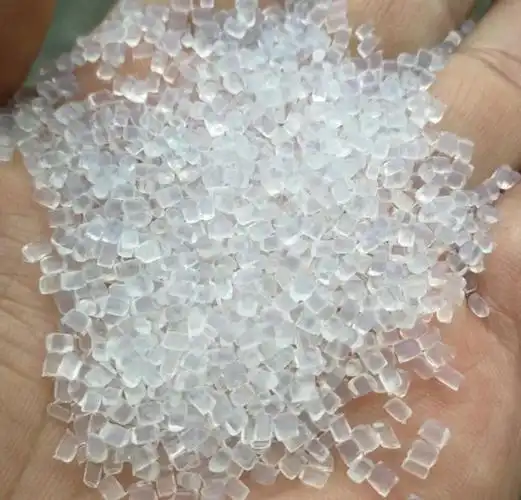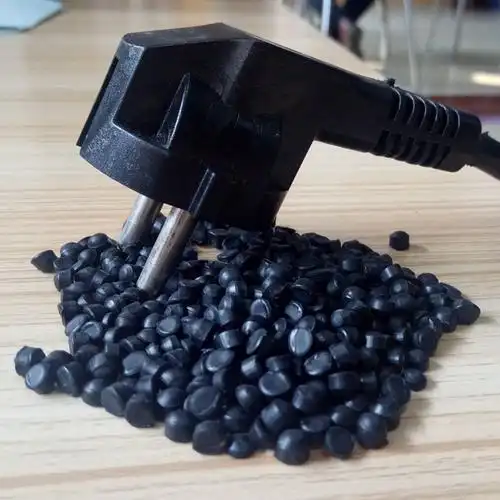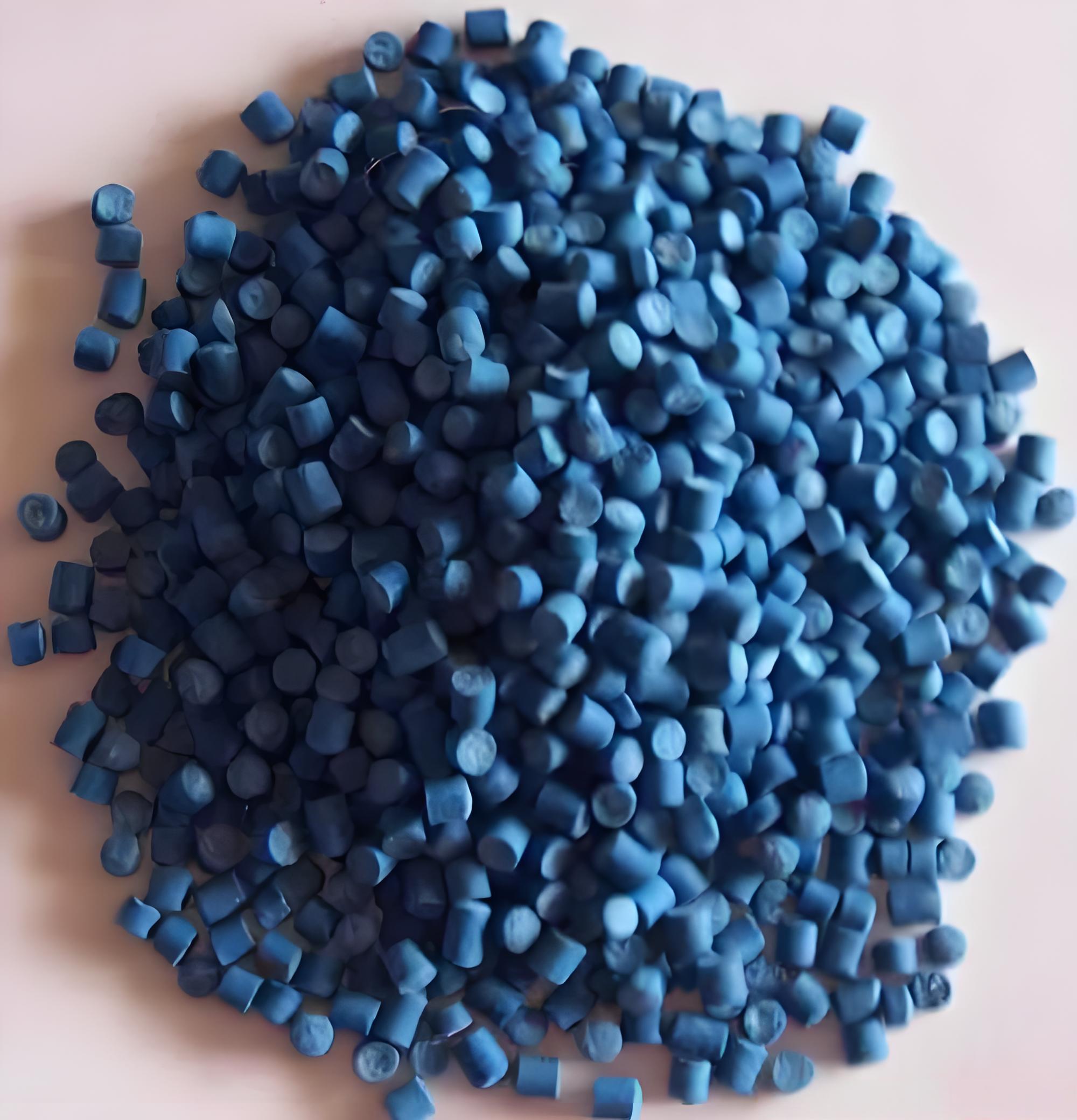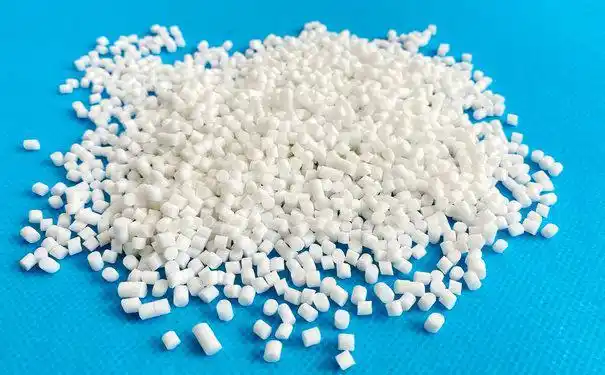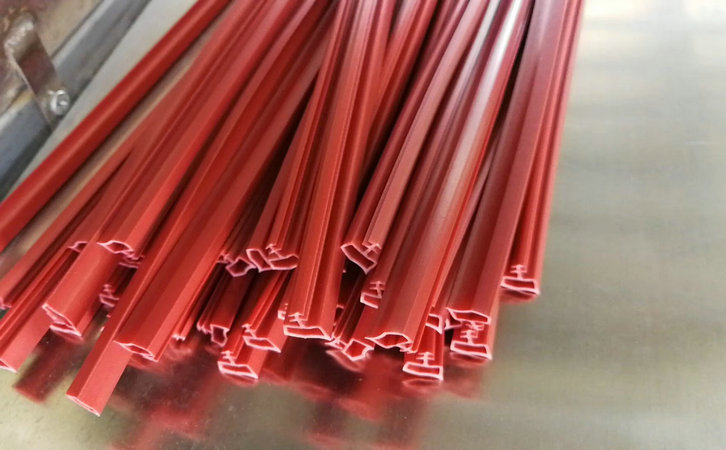What Are the Different Types of TPE Elastomer Materials?
As someone who’s been knee-deep in the world of thermoplastic elastomers (TPEs) for over a decade, I’ve seen these versatile materials transform products across industries, from grippy phone cases to durable automotive seals. TPEs are a go-to choice when you need the stretch and bounce of rubber but the ease of processing like plastic. But […]
What Are the Different Types of TPE Elastomer Materials? Read More »

